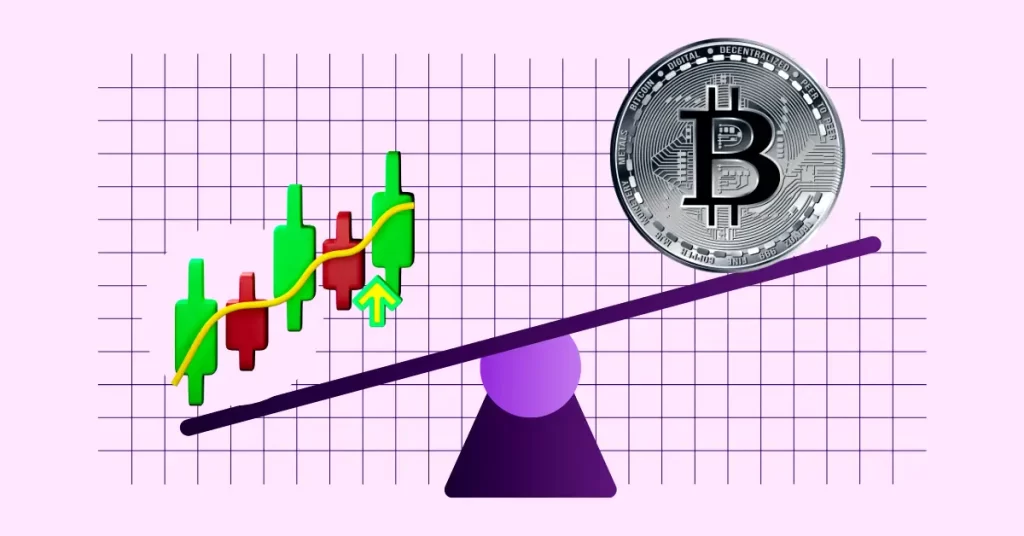ARTICLE AD BOX

The post Top Reasons Why Massive Bitcoin Supply Shock is On The Way appeared first on Coinpedia Fintech News
As the Bitcoin network successfully passed its fourth halving on April 19, analysts and enthusiasts have been keenly observing the potential for a significant supply shock.
This event, integral to Bitcoin’s design, promises to reshape the current landscape of supply and could have profound effects on Bitcoin’s price, surging it to new all-time highs as visible in historical precedents.
Understanding the Bitcoin Halving
Every four years, Bitcoin experiences a halving event where the reward for mining new blocks is reduced by half. This mechanism was designed by the creator Satoshi Nakamoto to control the inflation of Bitcoin by limiting the rate at which new Bitcoins are generated.
After completing Bitcoin halving on April 19, the reward for mining a block has decreased from 6.25 to 3.125 BTC. The periodical reduction not only ensures a controlled release of Bitcoin but also reinforces its scarcity, drawing a parallel with precious metals like gold.
As of the time of writing, Bitcoin price is trading at $67,069, which is $3K more than the immediate Bitcoin price post-halving.
Bitcoin’s Supply Shock
The constrained supply of Bitcoin because of reduced mining rewards likely leads to what industry experts call a “supply shock.”
According to Samson Mow, CEO of bitcoin technology company JAN3, “The halving is when we’re going to really see supply shock take hold. The ETFs have been slowly draining the market of available Bitcoin, and now the production rate will be cut in half.”
This imbalance in supply and demand of Bitcoin not only causes increased price volatility but has also triggered Bitcoin’s price surge tremendously. Bitcoin’s supply shock post-halving can be triggered by several factors, some of which are listed below –
The Higher Competition in Mining Bitcoin – The halving significantly impacts Bitcoin miners, who now receive fewer Bitcoins for their efforts. This decrease in rewards means that miners must optimize their operations to maintain profitability, leading to potential shifts in the mining landscape. High-efficiency operations will likely dominate, pushing less efficient miners out of the market unless they upgrade their technologies.
Reduced Bitcoin Output – With the halving now reducing daily bitcoin output, and institutional buying continuing unabated, a supply-demand imbalance is anticipated. Before the halving, the demand from U.S. ETFs was already 5-10 times the daily supply. Post-halving, this mismatch could widen to 10-20 times, suggesting a significant tightening of available bitcoins on the market.
Institutional Demand for Bitcoin – The Bitcoin halving coincides with a surge in institutional interest, notably from U.S., Hong Kong, and Australian Exchange-Traded Funds (ETFs). U.S. Bitcoin spot ETFs, such as those operated by BlackRock and Fidelity, have been accumulating around 3,000 BTC daily, significantly outpacing the daily production rate of 450 BTC.
Meanwhile, ETFs in Hong Kong have been approved and are about to be launched in the market and start trading soon. Bitcoin ETFs launching in Hong Kong will introduce further capital from Asian investors and are expected to feature in-kind provisions allowing investments to be redeemed for underlying bitcoin, a capability not possible with U.S. bitcoin ETFs, opined Samson Mow.
Also, “Australia applied for spot Bitcoin-ETF”, reported Ash Crypto as another major reason that can exuberate the supply-demand imbalance because of growing institutional demand.
All in all…
As we navigate through Bitcoin’s fifth epoch, the halving underscores the cryptocurrency’s designed scarcity, similar to precious metals. While volatility is expected in the short term, the long-term perspective looks bullish, driven by both reduced supply and increasing institutional demand.
.png)
 8 months ago
3
8 months ago
3

 With the recent bitcoin halving,
With the recent bitcoin halving, 







 English (US)
English (US)